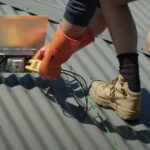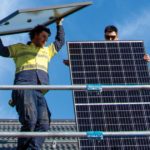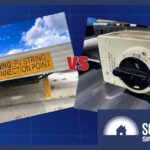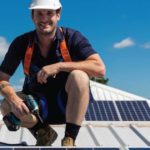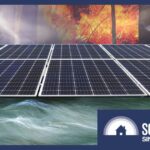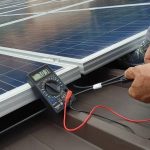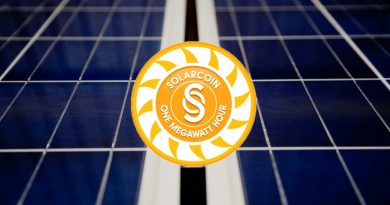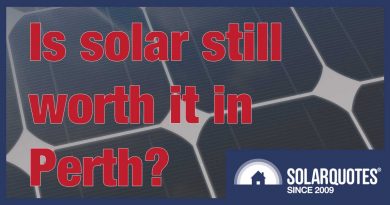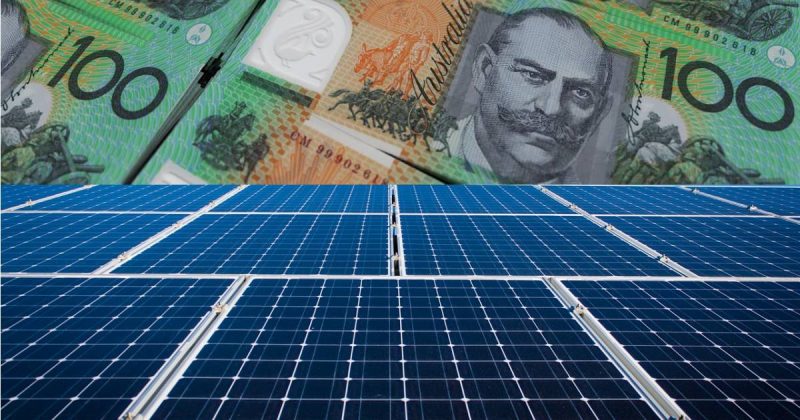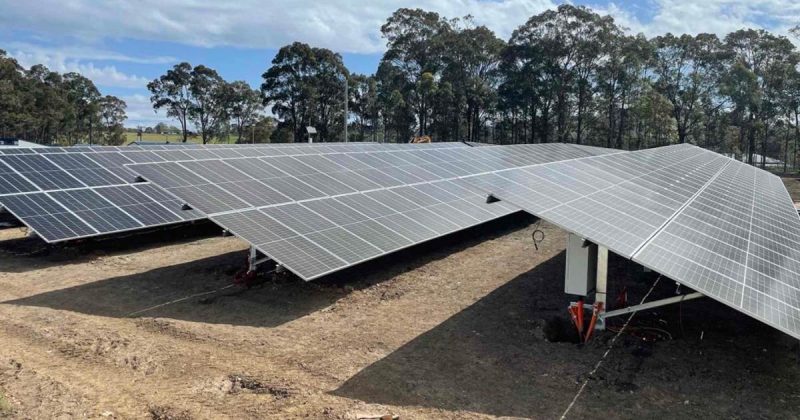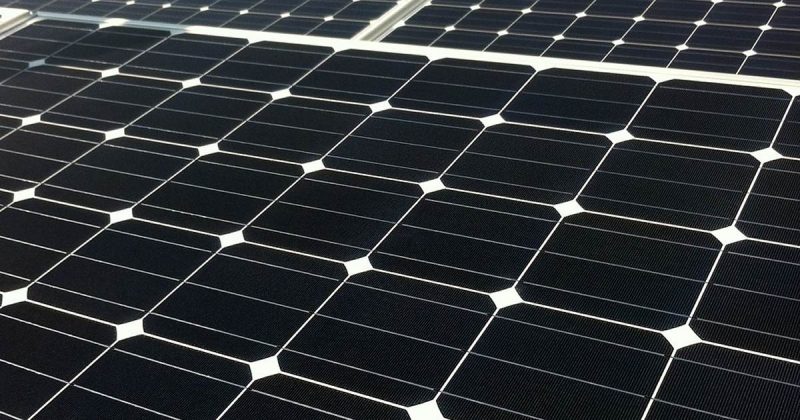Solar Inverter Integrated DC Isolator Mayhem Continues


Solar installers and inverter manufacturers are tearing their hair out over a spanner thrown into the works relating to new inverter standards in Australia. And the clock is ticking.
Briefly, the road to this point.
In November, many in Australia’s solar industry were rejoicing over the dropping of a requirement in the AS/NZS 5033 (Installation and safety requirements for photovoltaic (PV) arrays) standard that all solar system installations must include a rooftop DC isolator
A rooftop DC isolator is a manually operated switch installed adjacent to a solar panel array that stops the flow of DC current between the solar panels and the solar inverter when engaged.
Rooftop DC isolators were meant to be an added safety device, but they have been problematic; particularly where poor-quality devices have been used. Water ingress has been a common problem and I think it would be safe to say half of fires involving solar systems have been caused by these isolators, which is rather ironic – and traumatic for affected households.
Regardless of quality, it’s another reason why a professional solar system inspection every five years is a very good idea as this is one of the items that would be carefully checked1.
As far as I’m aware, Australia was the only country in the world that required their use. While AS/NZS 5033 also applied across the ditch in New Zealand, NZ installations did not require rooftop isolators. The Kiwis are clever folk.
Anyway, after years of the industry trying and finally succeeding to get rid of the requirement for the blasted things, a new isolator shitstorm has brewed.
Inverters With Integrated DC Isolators
One of the alternative devices that can be used is an DC isolator in the inverter, which makes good sense. Solar manufacturers have increasingly been integrating these devices into their products.
But a bombshell was dropped last month.
The AS/NZS 4777.2:2020 inverter standard is kicking in for new inverter installations from 18 December 2021 – just 8 days from now. Currently compliant inverters need to be re-listed as complying with this new standard for new installations. That’s not the problem per se.
This is what is – the safety of household electrical equipment in Queensland, Victoria, Western Australia and Tasmania is regulated using the Electrical Equipment Safety System (EESS). In late November, the EESS Standing Committee of Officials Equipment Working Group (EESS SCO EWG), decided it requires integrated DC isolators to comply with AS 60947-3, which involves low-voltage switchgear and controlgear switches, disconnectors, switch-disconnectors and fuse-combination units. The certification must be supplied by an approved testing facility.
But there is no facility in Australia approved to test to AS 60947-3 – or anywhere in the world for that matter.
According to a Clean Energy Council communication on Monday:
“The EESS SCO EWG has said that it plans to approve facilities for testing to AS 60947-3, but no one knows when those plans will be published. They will be too late for manufacturers who need to demonstrate compliance with AS/NZS 4777.2:2020 by 18 December 2021.”
The CEC says some manufacturers are now resorting to removing the integrated DC isolator from their inverters entirely; replacing it with an external, wall-mounted one.
AS/NZS 4777.2:2020, EESS SCO EWG & AS 60947-3: WTF?
It’s a confusing situation, with all sorts of information flying around. I don’t profess to have a great handle on it all.
For example, I’m not clear on the link between the EESS SCO EWG’s decision regarding AS 60947-3 and AS/NZS 4777.2:2020. How does this come into play and does this only affect inverters with built-in DC isolators to be installed in Queensland, Victoria, Western Australia and Tasmania?
SolarQuotes Founder Finn did a bit of quick digging around in AS/NZS 4777.2:20202 and found this (bolding mine):
2.12.2 Switch-disconnector
“Where a load break switching device that is part of or within the inverter is a switch-disconnector, it shall –
….
(e) conform to relevant switch disconnector standards …
It’s a bit vague, but my interpretation is it could mean an inverter must be in harmony with those standards across the states and territories. But my interpretation and a few bucks will get you a pretty bad cup of coffee.
A Lump Of Coal For Solar Installers
As for many in Australia’s business community, it’s been a challenging year for solar installers. This integrated DC isolator situation is putting some pre-Xmas solar power system installations at risk amid the confusion – and installers being left with what could be non-compliant inverters; albeit perhaps temporarily.
As at Monday, only nine manufacturers had makes and models of inverters compliant with the new standard on the CEC Approved Products List. More may have been added since then.
The issue has potential ramifications greater than just being incredibly inconvenient and unnecessarily stressful – as if this wasn’t enough.
From the start of 2022, Australia’s solar rebate reduces again as part of an ongoing phase-out, and the rebate (actually an up-front discount) is based not on when a system is purchased, but when it is installed. Installation delays resulting from this mess would mean less subsidy.
That puts installers in an even trickier position for contracts based on quotes assuming a 2021 installation, and puts jobs at risk.
New installations after December 18 with inverters not complying with the new AS/NZS 4777.2:2020 standard would mean no subsidy at all (or grid connection permission). Added to all this, some Distributed Network Service Providers (DNSPs) already require it for connection applications.
What is needed is immediate clarity and sanity from the powers-that-be involved, which includes time to get this mess sorted and allowing what would be otherwise compliant integrated DC isolators to be used with approved external DC isolators until then.
Original Source: https://www.solarquotes.com.au/blog/inverters-integrated-isolators-mb2269/



